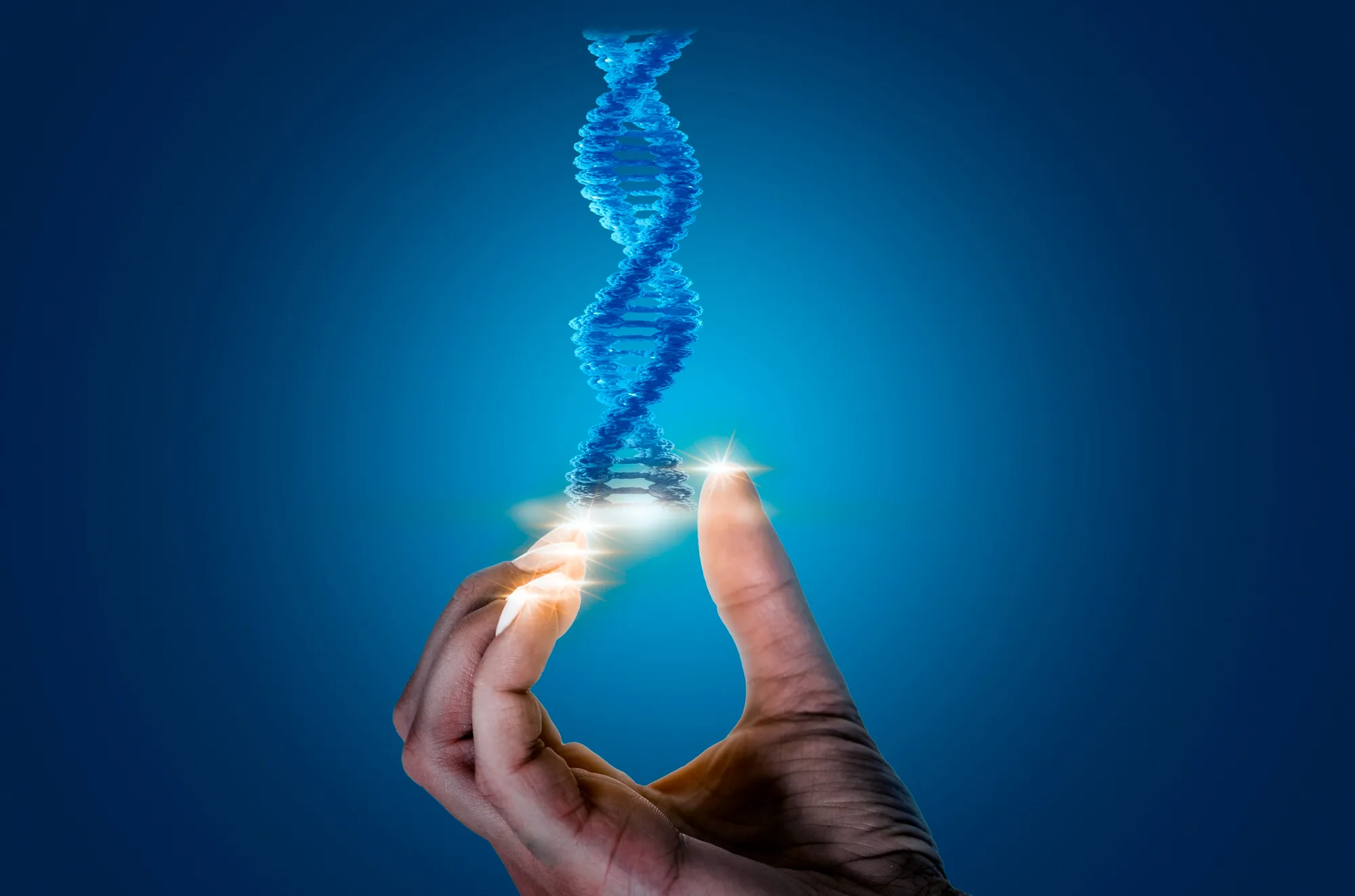Recent scientific advances have unveiled groundbreaking work involving the construction and characterization of DNA nanowires with integrated metal ions, a seminal discovery with significant implications for synthetic biology and nanotechnology. A collaborative research study conducted by a team of scientists has succeeded in generating DNA-based nanowires with intercalated silver ions, demonstrating the potential for biological nanowires to play an integral role within the realm of nanoelectronics.
The study, titled “Construction and characterization of metal ion-containing DNA nanowires for synthetic biology and nanotechnology,” was published in the journal Scientific Reports. Under the leadership of Simon S. Vecchioni from the Department of Biomedical Engineering at Columbia University, and a group of researchers from various notable institutions including Stanford University, Massachusetts Institute of Technology, and the NASA Ames Research Center, the team made use of DNA’s unique properties to construct nanowires with immense promise.
DNA: A Candidate for Nanoelectronics
The potential of DNA as a candidate for integration into nanoelectronics stems from its linear geometry, definable base sequence, easy replication, and self-assembling properties. Moreover, its non-toxic and inexpensive replication further piques the interest of researchers aiming to find more sustainable and biocompatible alternatives for technological applications. The discovery, documented under DOI: 10.1038/s41598-019-43316-1, marked a substantial advancement in the use of biological molecules for technological use.
Intercalating Ag+ Ions
By meticulously intercalating silver ions (Ag+) into the DNA double helix, the team effectively altered the conductive properties of the DNA strands. The incorporation of silver ions transpired through a process that involved the pairing of cytosine bases on the DNA, forming a unique metal-mediated base that heightened the molecule’s electrical conductivity.
As detailed in the paper, this process reveals DNA’s capacity to conduct an electrical current, positioning it as an intriguing biological nanowire. The ability of DNA to facilitate electrical transport while retaining the programmable aspects of its base-pairing could revolutionize how circuits are designed at the nanoscale.
Applications and Implications
The research has opened doors to a plethora of applications. From creating biosensors that can detect molecular interactions with high sensitivity, to developing nanoscale electronic components that can be incorporated into the next generation of electronic devices, the implications are extensive.
Moreover, the environmentally-friendly nature of such advancements propels the sustainability aspect of nanotechnology. In an era where green technology is increasingly sought after, the exploration of such biocompatible, natural materials for constructing nanowires presents a path aligned with eco-conscious scientific progress.
With their work, Vecchioni, Capece, Toomey, et al., have illuminated the possibilities that lie ahead in merging biology with technology. Their methodical approach and successful demonstration of a DNA-silver ion nanowire could very well dictate future research trajectories wherein synthetic biology and nanotechnology converge more seamlessly.
References
1. Schmidt, V., Wittemann, J., Senz, S., & Gosele, U. (2009). Silicon Nanowires: A Review on Aspects of their Growth and their Electrical Properties. Advanced Materials, 21(26-26), 2681-2702. DOI: 10.1002/adma.200803754.
2. Rurali, R. (2010). Colloquium: Structural, electronic, and transport properties of silicon nanowires. Reviews of Modern Physics, 82(1), 427-449. DOI: 10.1103/RevModPhys.82.427.
3. Rakitin, A., et al. (2001). Metallic conduction through engineered DNA: DNA nanoelectronic building blocks. Physical Review Letters, 86(16), 3670-3673. DOI: 10.1103/PhysRevLett.86.3670.
4. Braun, E., Eichen, Y., Sivan, U., & Ben-Yoseph, G. (1998). DNA-templated assembly and electrode attachment of a conducting silver wire. Nature, 391(6669), 775-778. DOI: 10.1038/35826.
5. Ding, B., Deng, Z., Yan, H., Cabrini, S., Zuckermann, R. N., & Bokor, J. (2010). Gold Nanoparticle Self-Similar Chain Structure Organized by DNA Origami. Journal of the American Chemical Society, 132(10), 3248-3249. DOI: 10.1021/ja9101198.
Keywords
1. DNA Nanowires
2. Synthetic Biology
3. Silver Ion Intercalation
4.Nanotechnology Applications
5. Biological Nanoelectronics
The convergence of synthetic biology and nanotechnology is a fascinating testament to the potential that lies within our understanding and manipulation of the DNA molecule. By embracing the interrogative scientific spirit, researchers continue to push the frontiers of knowledge and innovation, paving the way for a future where biology and technology are inextricably intertwined to the benefit of both the environment and society.
